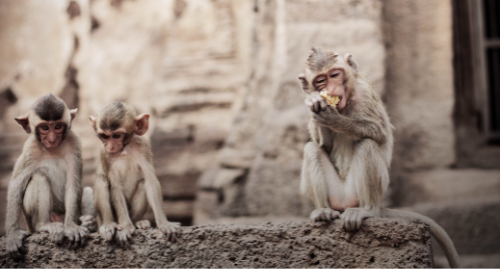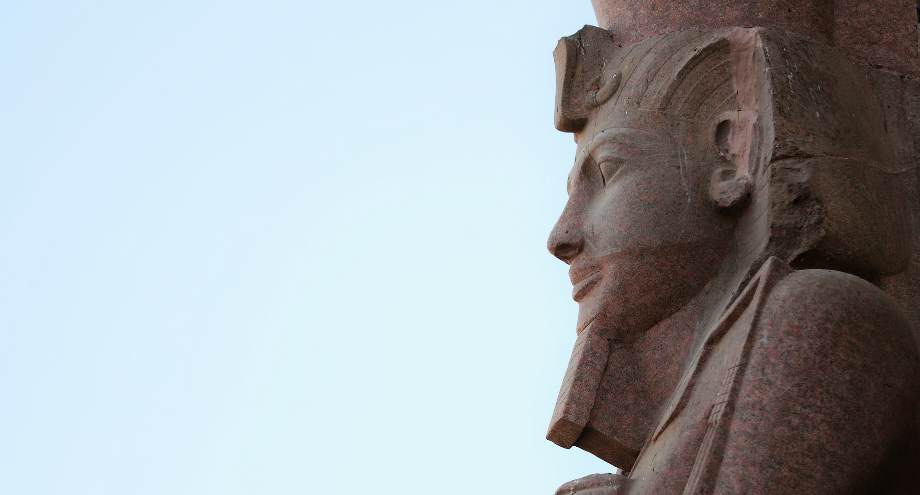We tell you what one of the most curious dental aesthetic treatments is all about.
Dental aesthetics has evolved over the years. But pre-Columbian cultures used different techniques to beautify teeth, both for social differentiation and aesthetic reasons.
Gold crowns and piercings have been some of the fashions we have been going through in recent years and currently one of the most striking that we can find within dental aesthetics are tattoos.
It must be said that this type of tattoos is not like the conventional tattoos we already know. In other words, they are not done with ink and a needle, but are small impressions that are superimposed on the original tooth or on caps or veneers.
There are two types of dental tattoos. One of them are the temporary dental tattoos for purely decorative purposes, which are small stickers that are glued onto the tooth with biodegradable resins, so they are not aggressive to the enamel and remain for days or even weeks without leaving any trace on the natural tooth after they have disappeared. To avoid the accumulation of plaque and bacteria around the dental tattoo, it is highly recommended to take special care of oral hygiene when wearing them.
On the other hand, there are permanent dental tattoos in which the drawing is made on a dental veneer or a crown, which is then placed on the natural tooth. This type of tattoo is done in cases of dental rehabilitation and not simply for aesthetic purposes as it is not advisable to do them on a healthy tooth as it is necessary to file the tooth to place the cover. Permanent tattoos can last a lifetime if they are done directly on an implant. If it is done on veneers, it can last between 10 and 15 years and on a cover, it can last up to 20 years.
Although dental tattoos are safe and not harmful to oral health, we should always put ourselves in the hands of dentists to ensure that they are carried out correctly.




